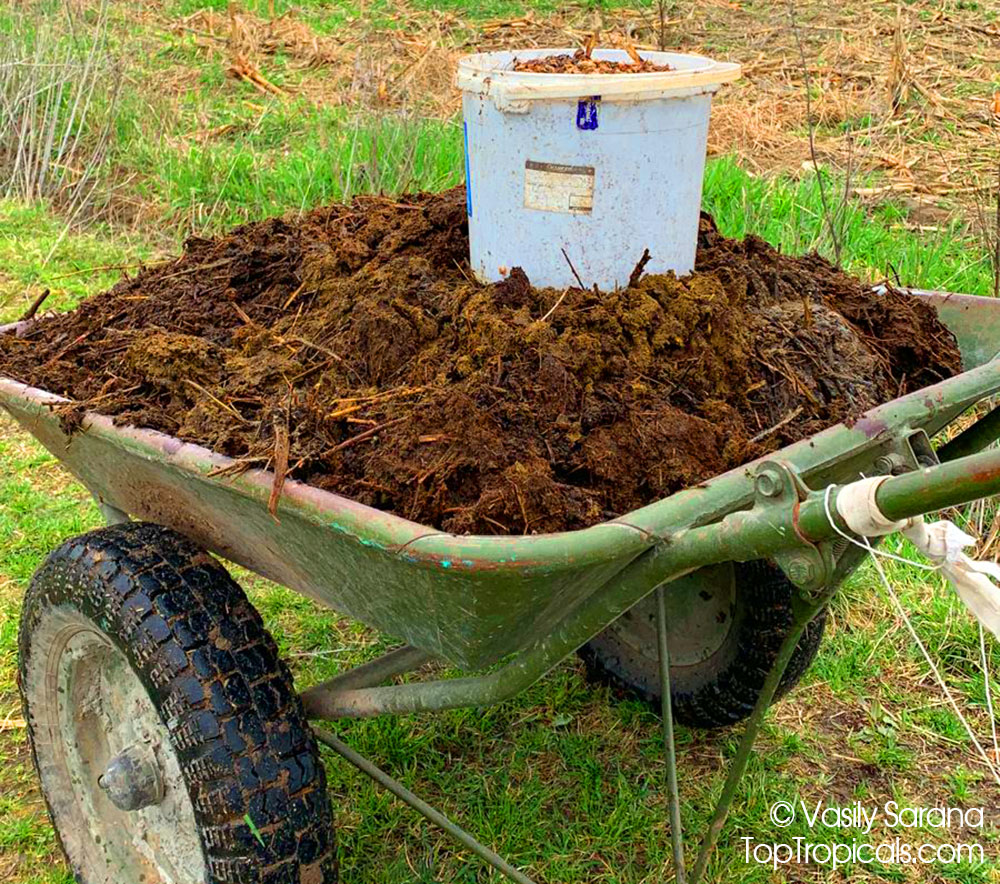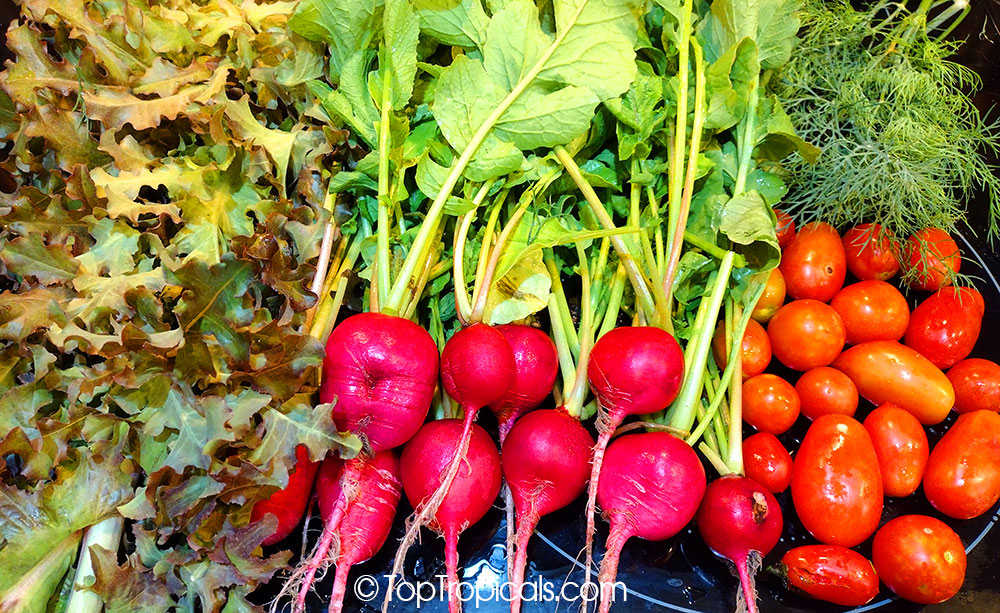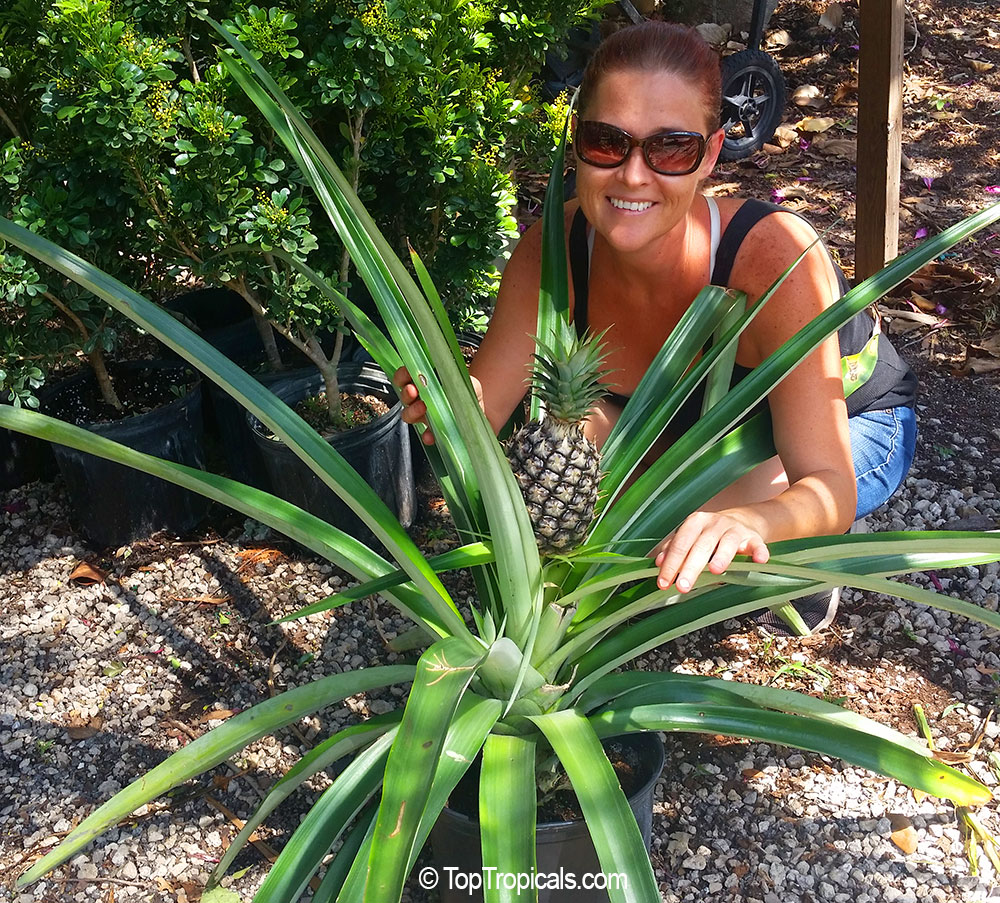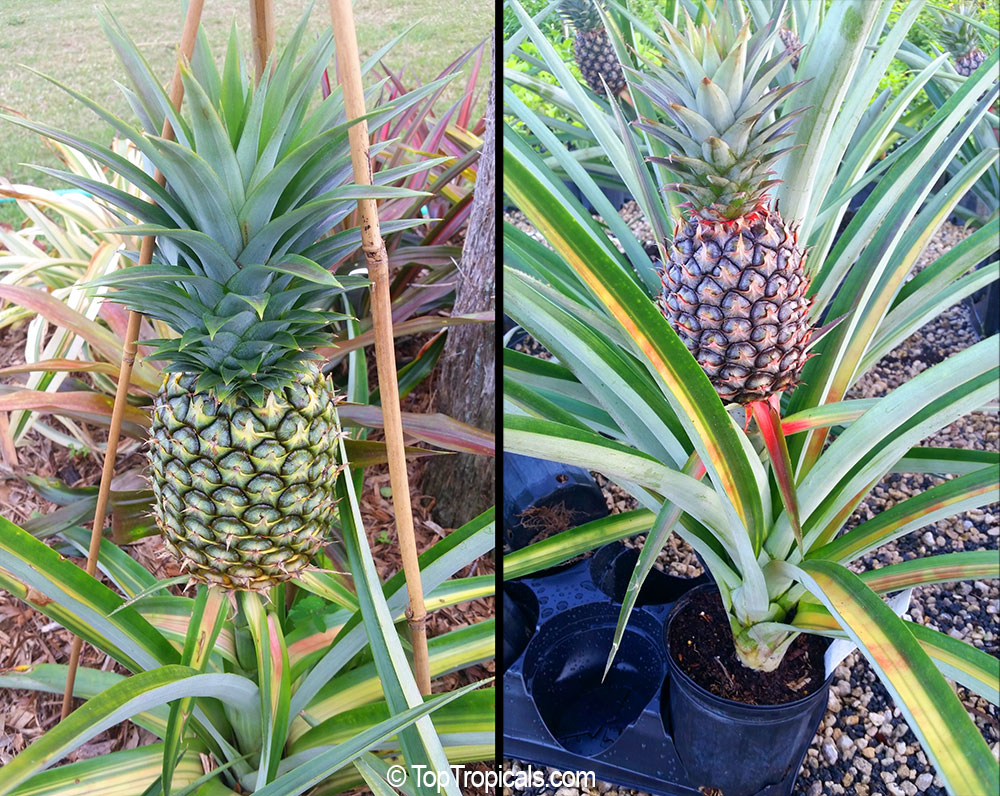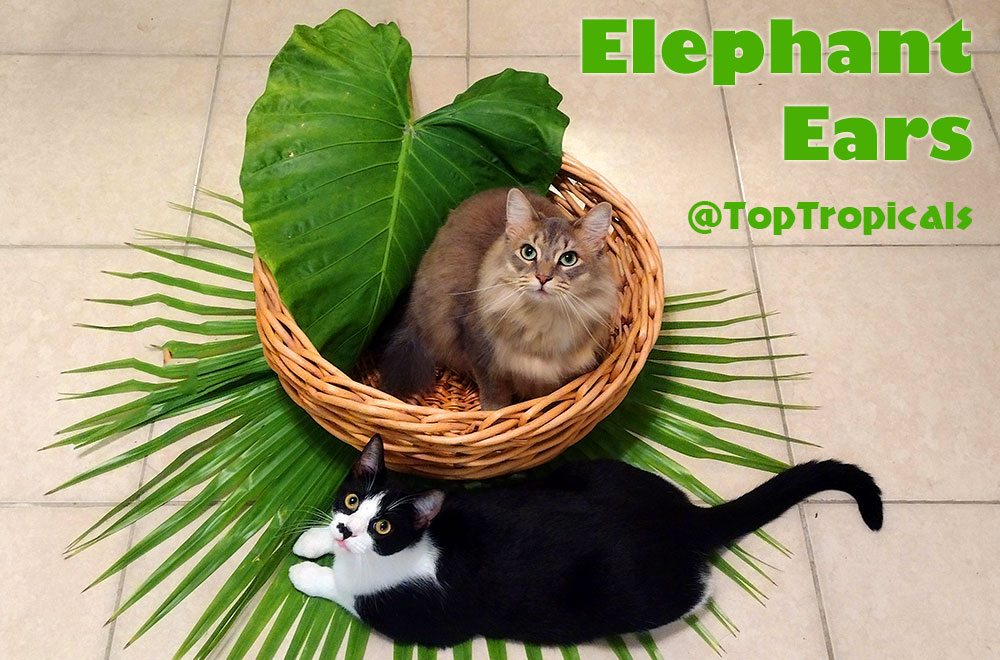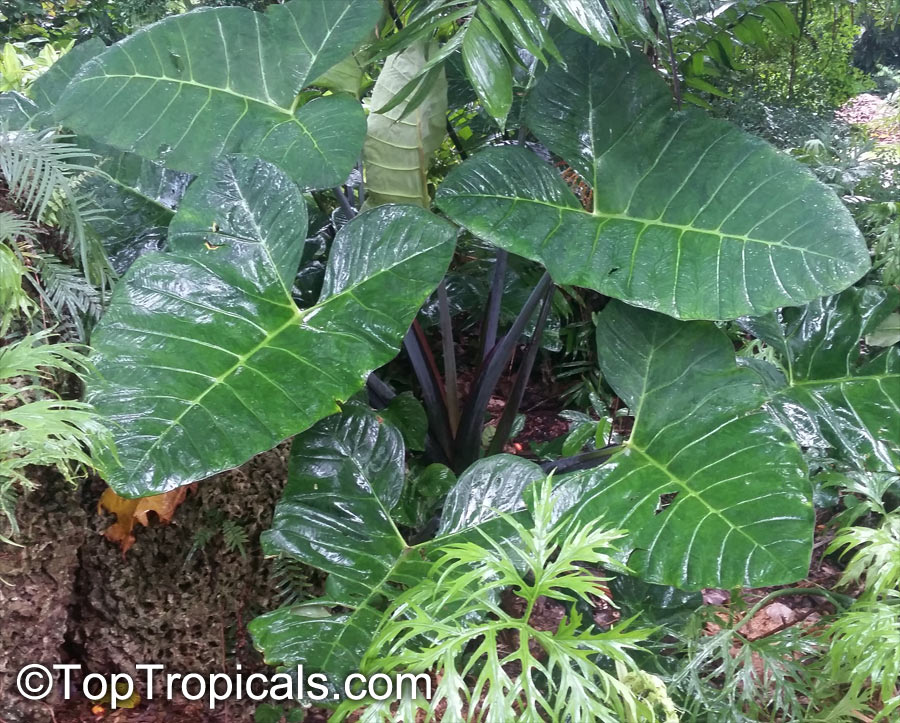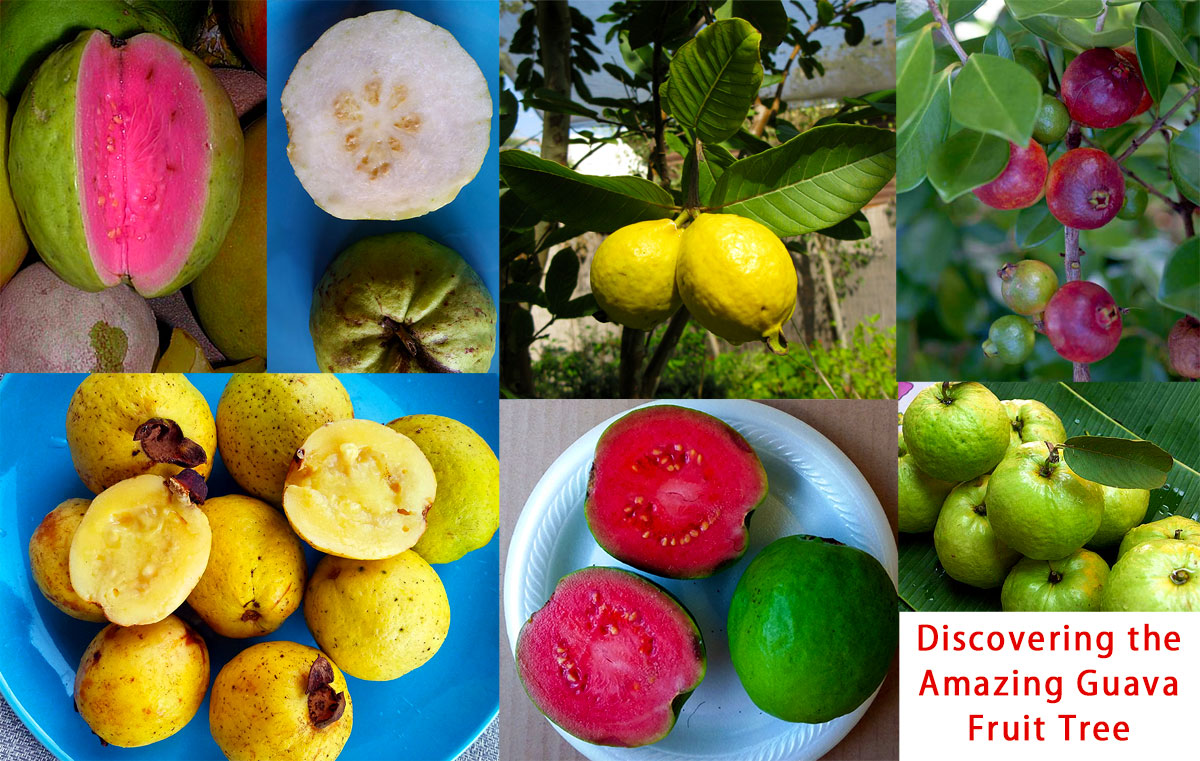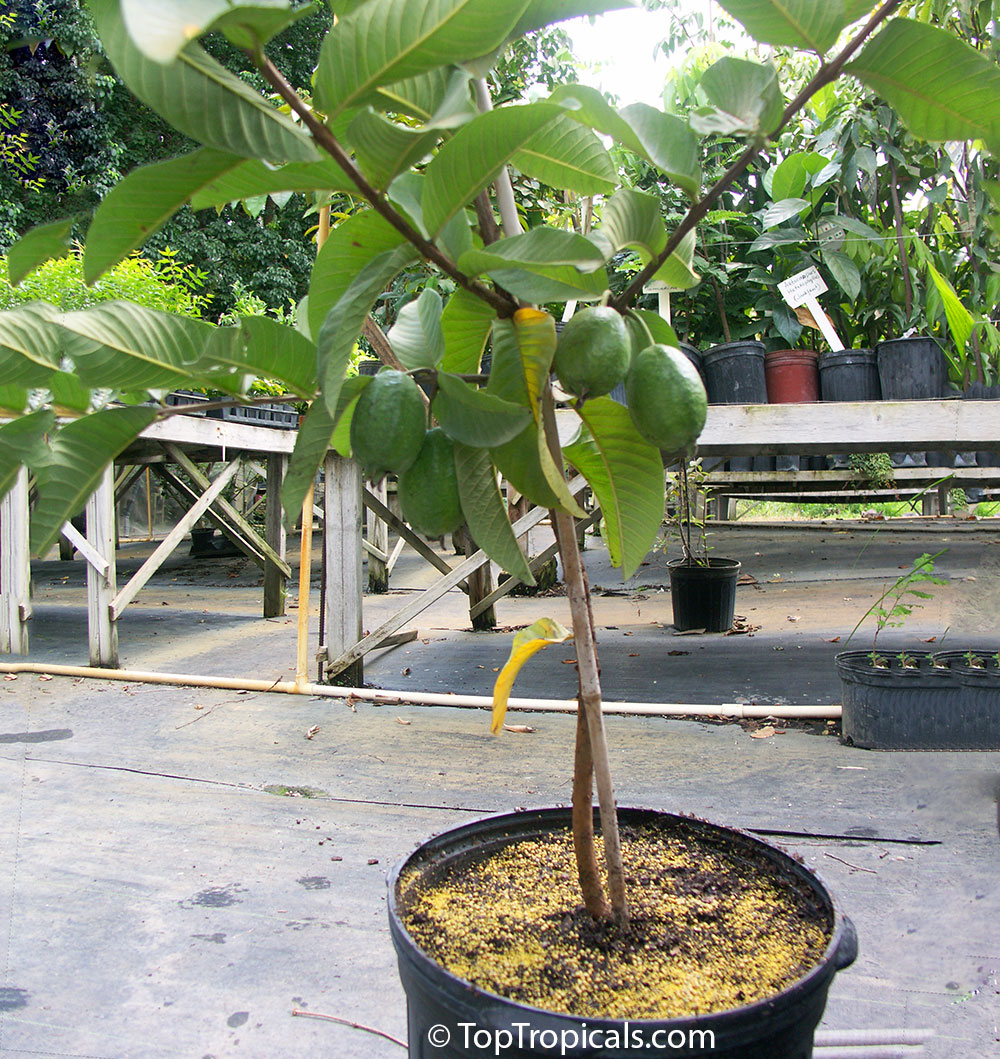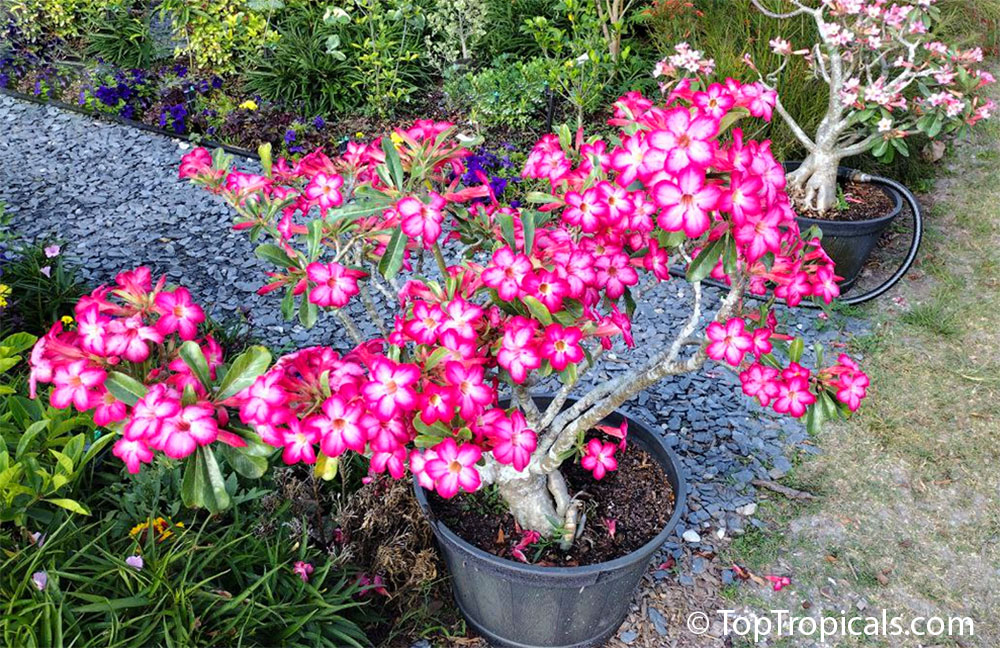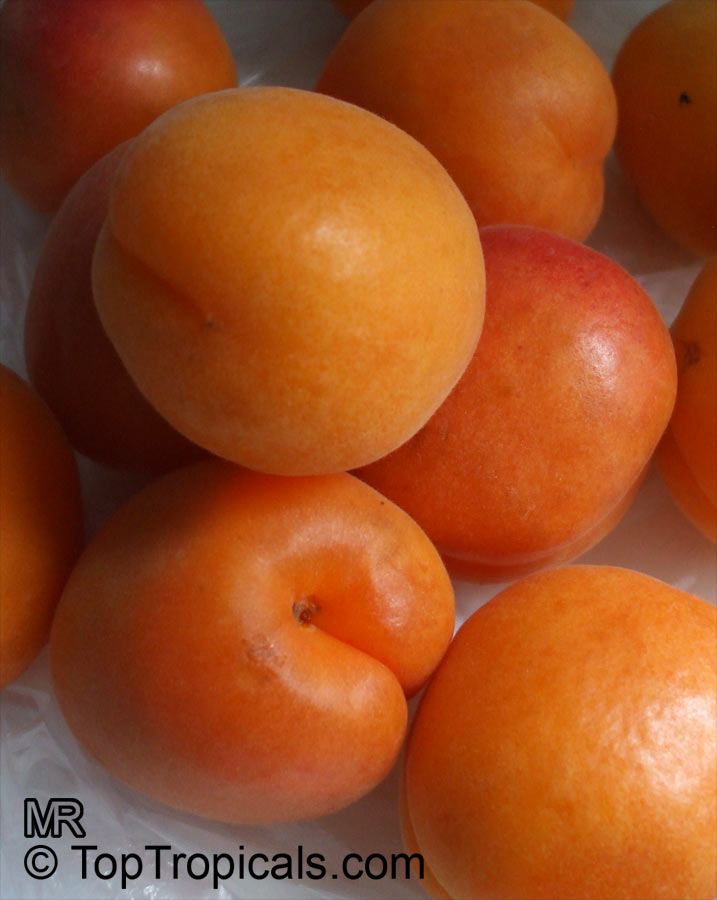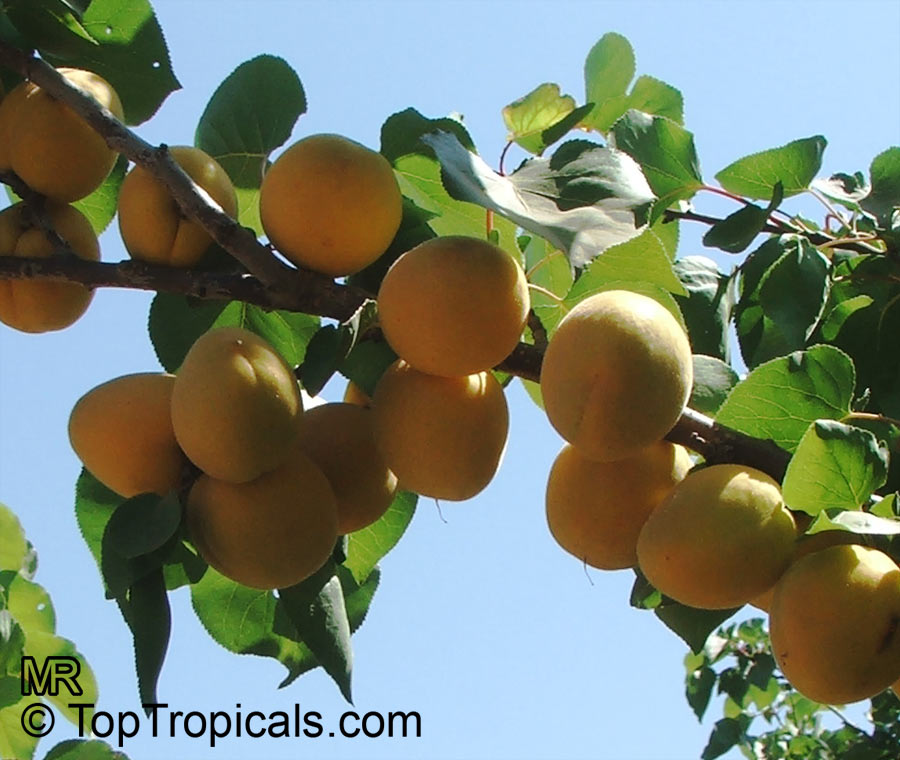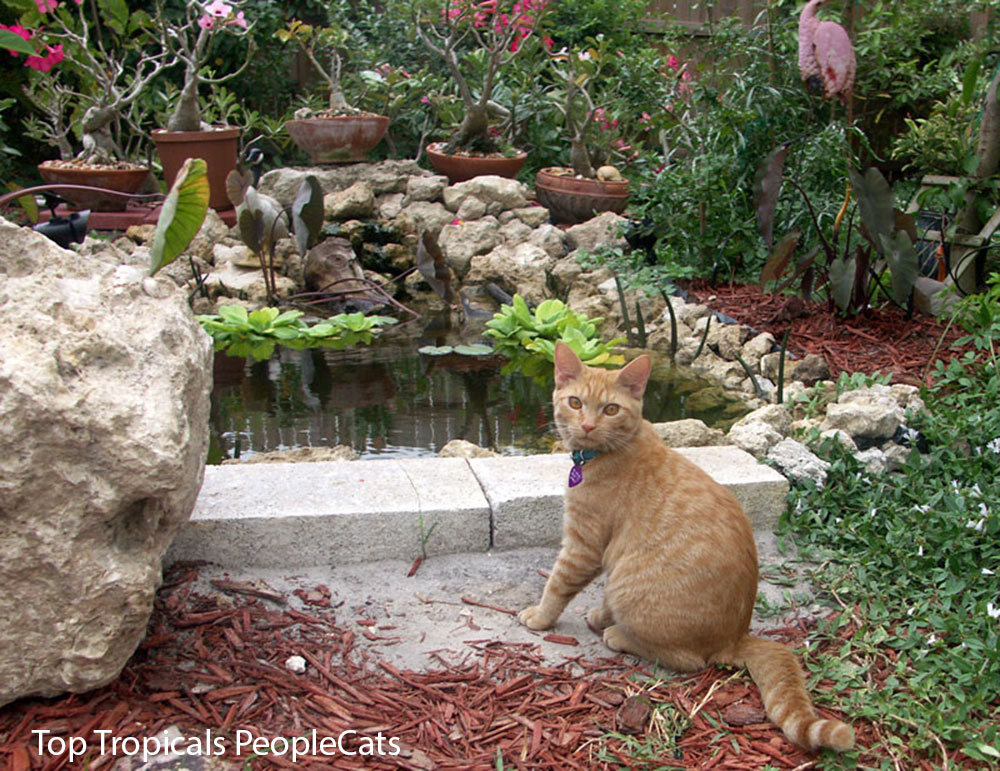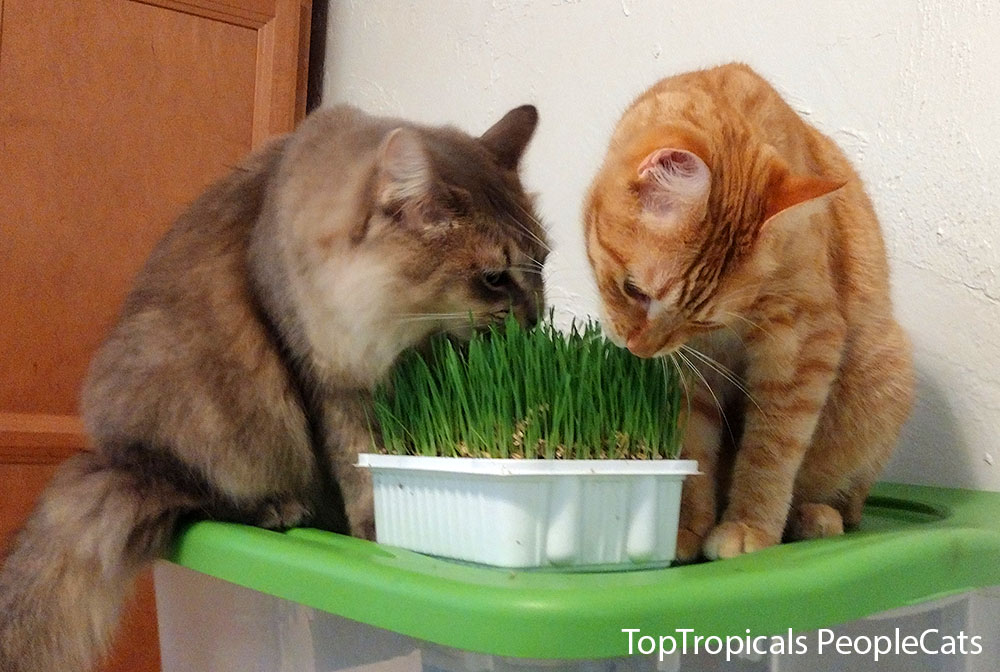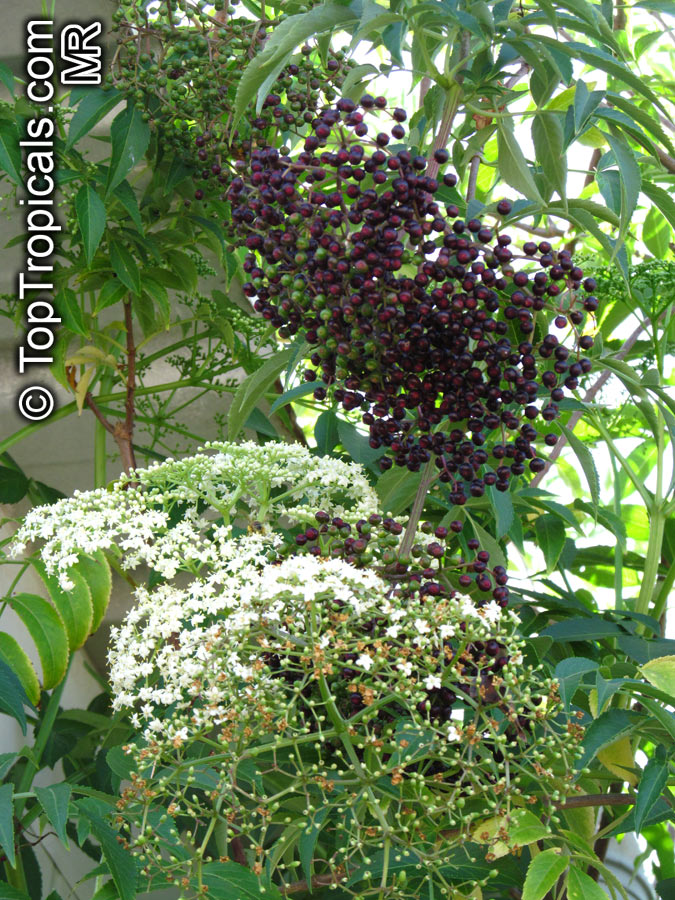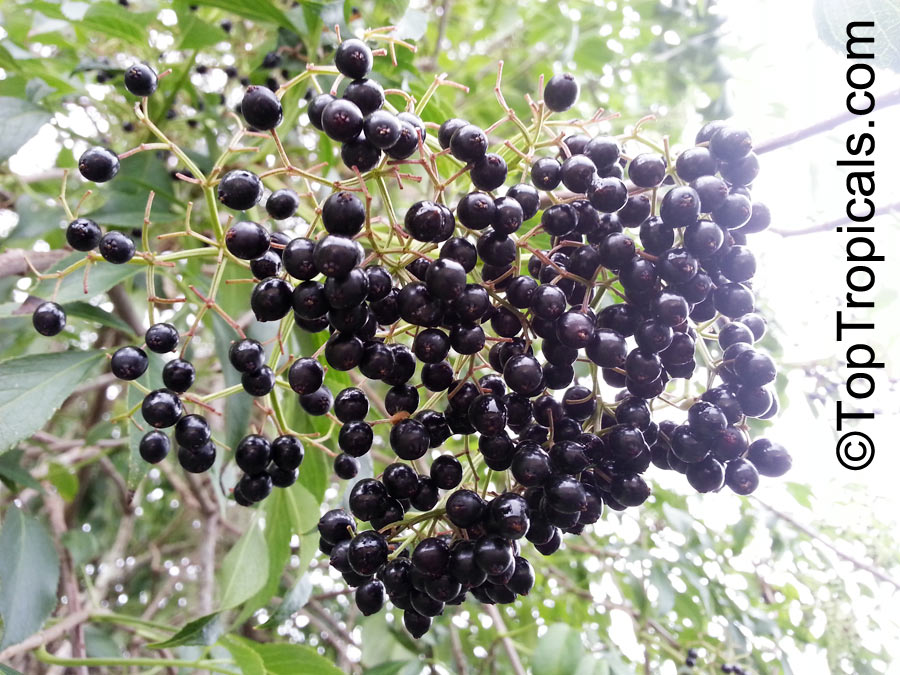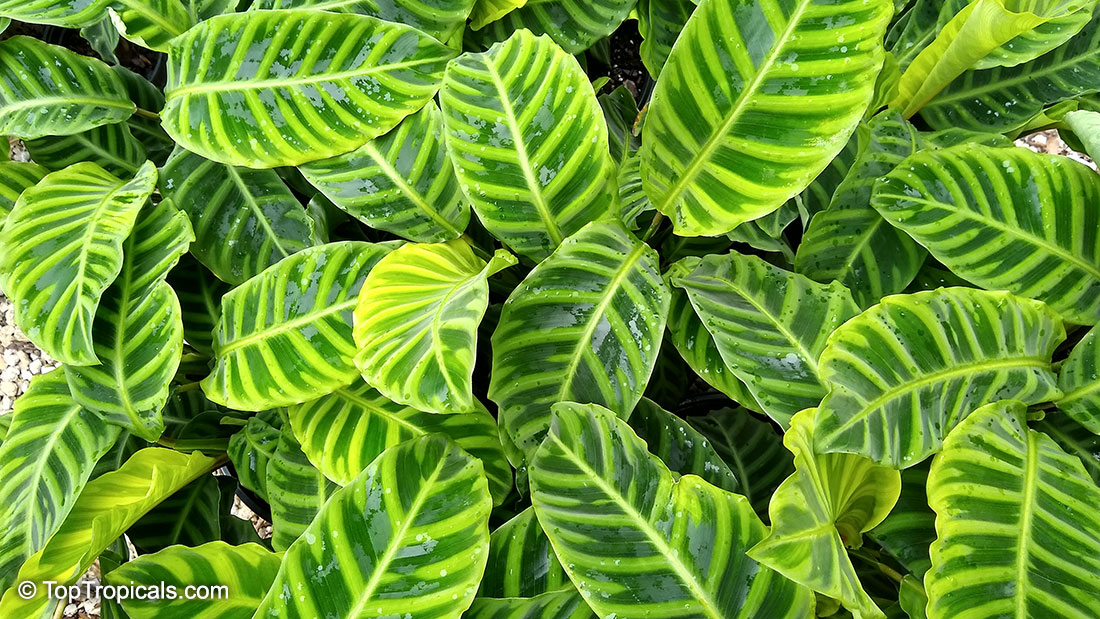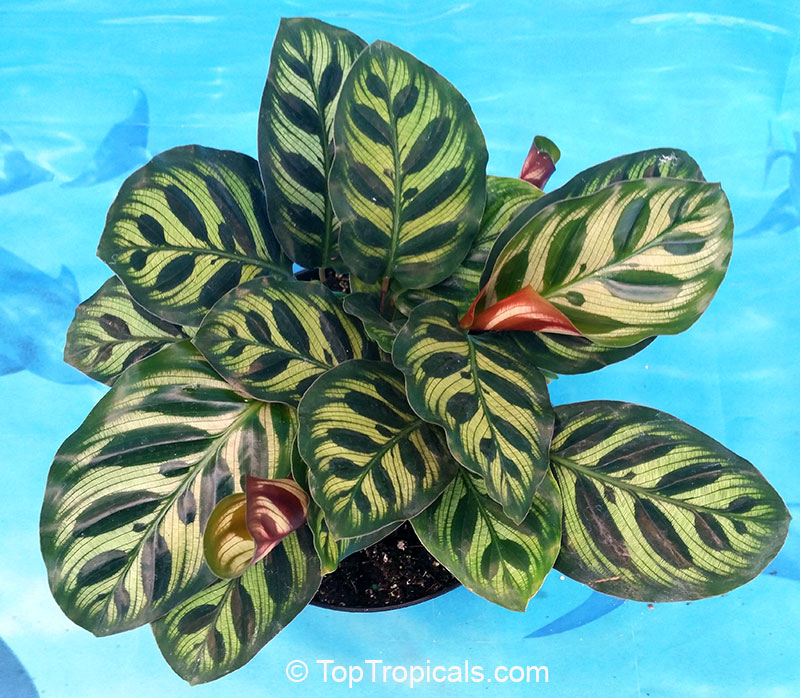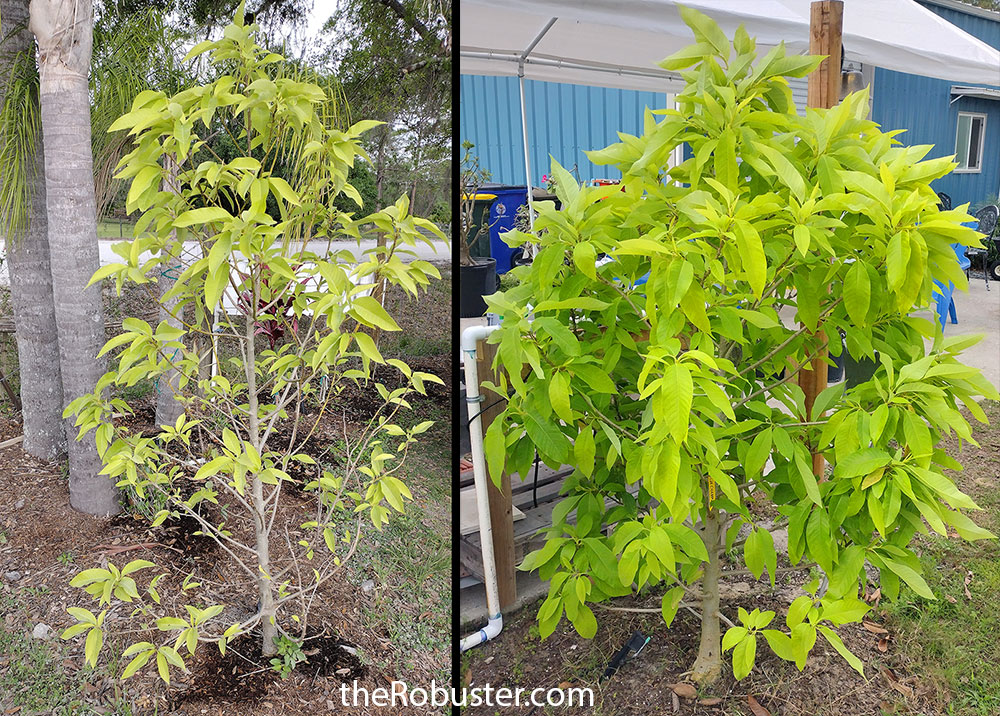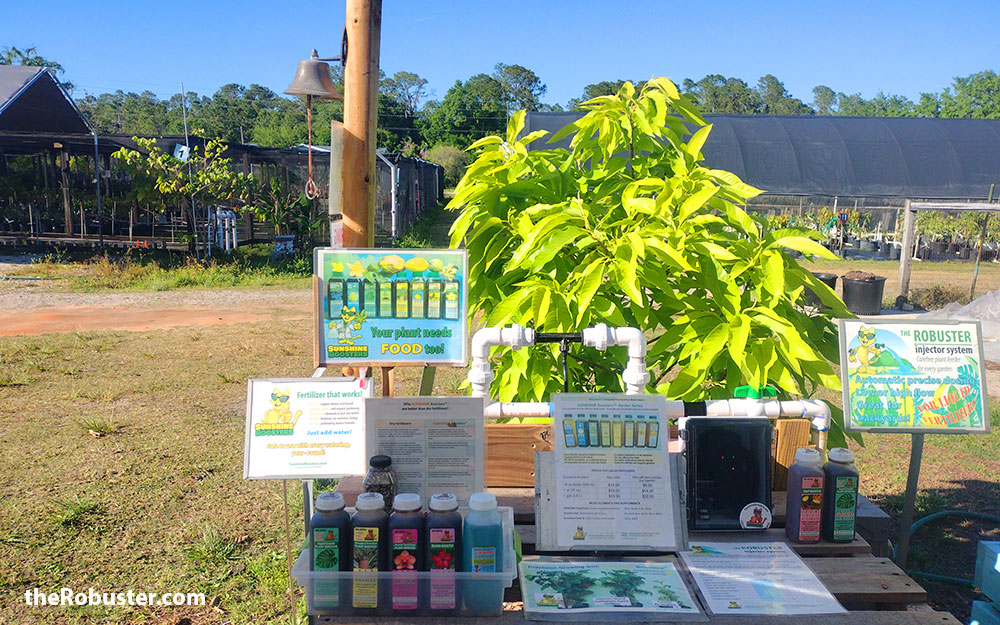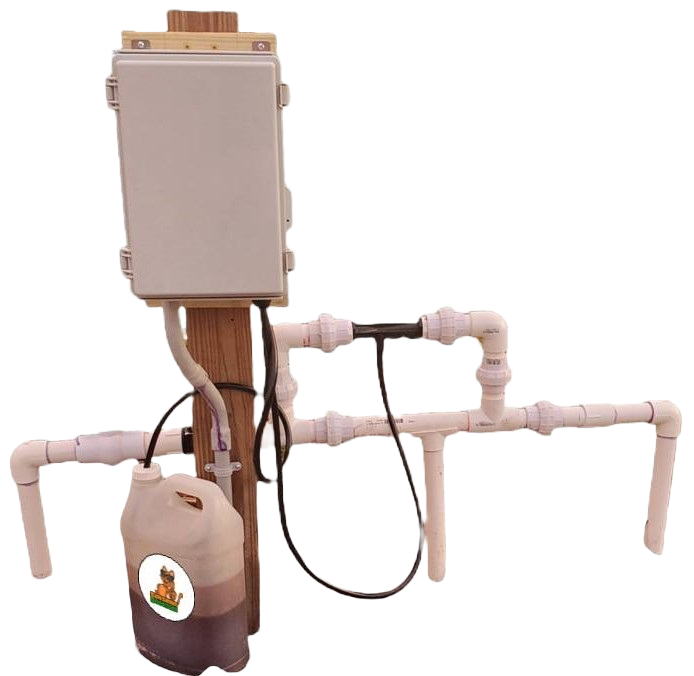Date:
Seven reasons to use Sunshine Boosters fertilizers
Now with REDUCED SHIPPING COST
Q: I used horse manure for my veggies garden but it caused mold and burned my plants. I've heard of Sunshine boosters as a good organic alternative. What are the benefits of Sunshine Boosters fertilizers?
A: Sunshine Boosters fertilizers can be a good choice for gardeners who want to promote healthy plant growth, while also considering the environment. The brand offers a wide range of formulations and high-quality ingredients to meet the specific needs of different types of plants, making it easier for gardeners to achieve the results they want.
Sunshine Boosters fertilizers are a good choice for several reasons:
1. Improved plant growth: Sunshine Boosters fertilizers contain essential nutrients that plants need to grow healthy and strong, such as nitrogen, phosphorus, and potassium. These nutrients can help improve plant growth and increase crop yields.
2. Balanced nutrition: Sunshine Boosters fertilizers are formulated to provide plants with a balanced ratio of nutrients. This means that the nutrients are present in the right proportions to promote healthy growth and development.
3. Environmentally friendly: Sunshine Boosters fertilizers are made from natural and organic ingredients, which can be beneficial for the environment. These fertilizers may also be safer for pets and children who may come into contact with them.
4. High-quality ingredients: Sunshine Boosters fertilizers are made with high-quality ingredients that are carefully selected to provide the best possible nutrition for plants. The brand uses a variety of ingredients to create a well-balanced fertilizer that is suitable for a range of plants.
5. Improved plant health: Sunshine Boosters fertilizers contain a range of beneficial nutrients, such as micronutrients, amino acids, and enzymes, which can help to improve overall plant health. This can lead to stronger plants that are more resistant to pests and diseases.
6. Sustainable and eco-friendly: Sunshine Boosters' fertilizers are made with natural and organic ingredients, which can be more environmentally friendly than synthetic fertilizers.
7. Easy to use: Sunshine Boosters fertilizers are easy to use. The brand also offers detailed instructions and resources on their website to help gardeners use their fertilizers effectively.
